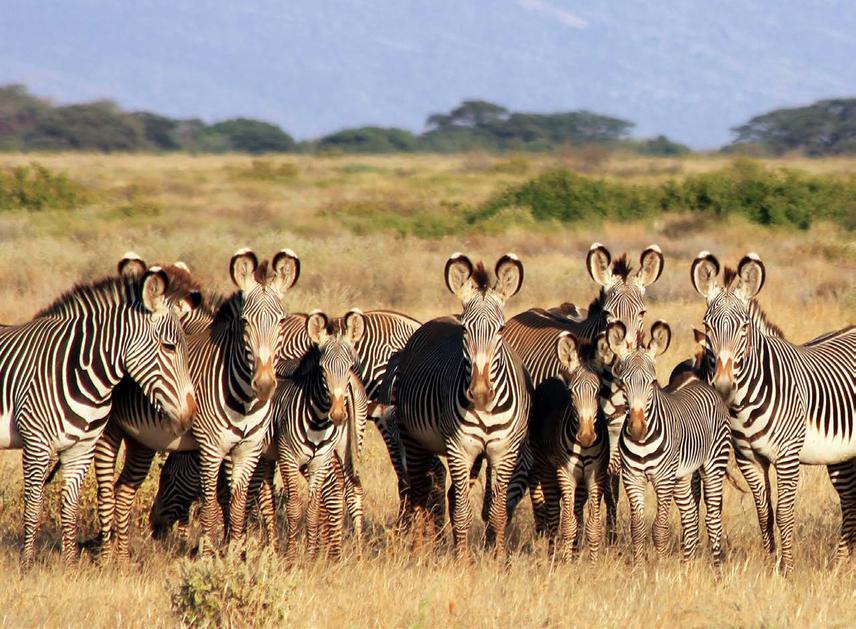Belinda Low Mackey
This project will pilot the use of GPS photography to complement and enhance community-based monitoring efforts. Results will facilitate prioritisation of resource management to enhance Grevy’s zebra survival, direct engagement of the community in their conservation, and informed conservation planning with our partners at a landscape level.

Grevy’s zebra is an endangered species with the majority of the wild population found in Kenya. The Laisamis region in northern Kenya has been identified as a priority area for their conservation. Here, the Grevy’s Zebra Trust (GZT) works with local Warriors from the community. Ten Grevy’s Zebra Warriors monitor Grevy’s zebra, raise awareness, and provide protection to the species. Their outreach to communities has created a large network of local support through which conservation messaging is disseminated and practical conservation action is implemented. This approach very effectively addresses key threats facing the species in this region, which include poaching, impeded access to water during the dry season, lethal mud flats caused by flooding of the Milgis River, and disease.
This project will pilot the use of GPS cameras to enhance our monitoring work and inform strategic conservation decisions. With information on Grevy’s zebra breeding hotspots, and the location of grazing and water being utilized, we can prioritize resource management to enhance the long-term survival of Grevy’s zebra.
The Grevy’s Zebra Warriors have been trained to collect geo-referenced data on Grevy’s zebra. During the dry season, Grevy’s zebra disperse onto the lava plateaus for grazing, where there is no human habitation. In order to continue year-round monitoring of the population, we are developing camel patrols which will allow our Warrior teams to patrol the lava plateaus. Eight Warriors will operate from a temporary base camp, from where they will do daily patrols for two weeks, after which they will shift camp. Because these base camp locations are inaccessible by vehicle, we have purchased two camels to carry the camp supplies.
Through these camel patrols we are able to access remote areas and monitor Grevy’s zebra and other wildlife which has never been done before. The photographic images collected by the Grevy’s Zebra Warriors will be used to identify species distribution, composition and health. GZT’s key focus will be the Grevy’s zebra but these results will be shared with our partners, to ensure that all wildlife species are considered in decision-making on resource use and development. These other key species include elephant, reticulated giraffe, cheetah, lion, Beisa oryx and Somali ostrich.